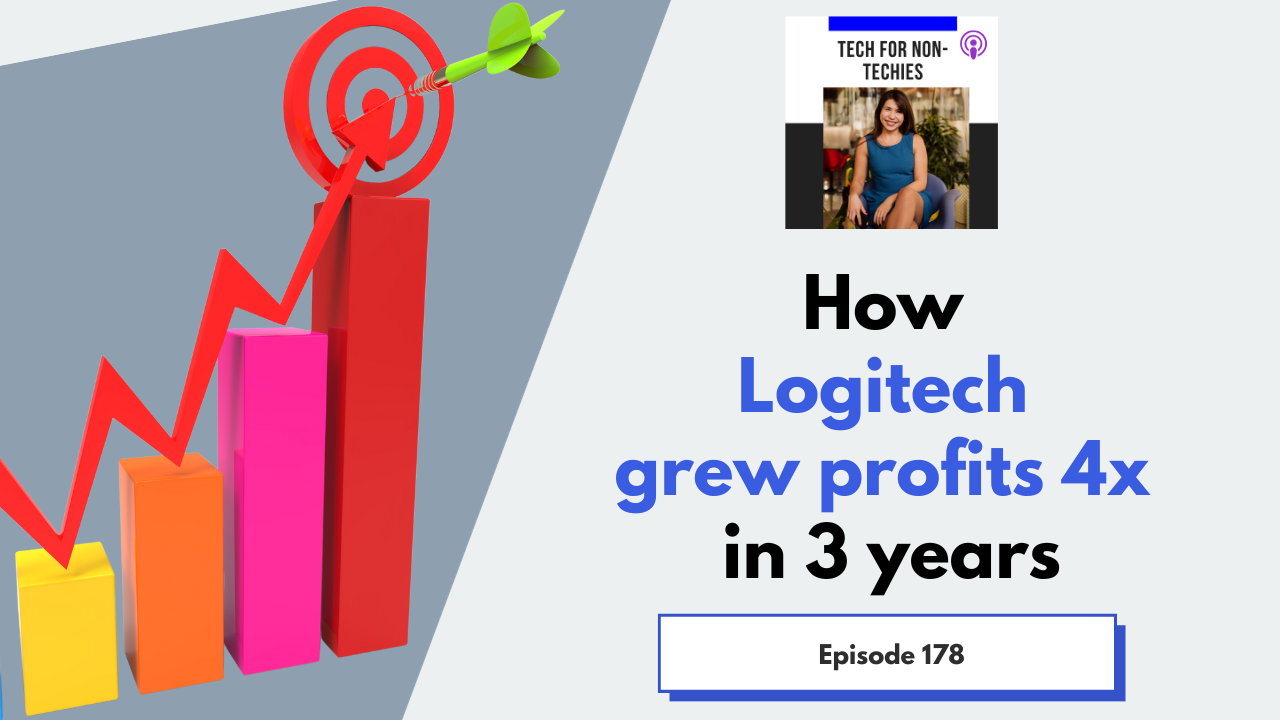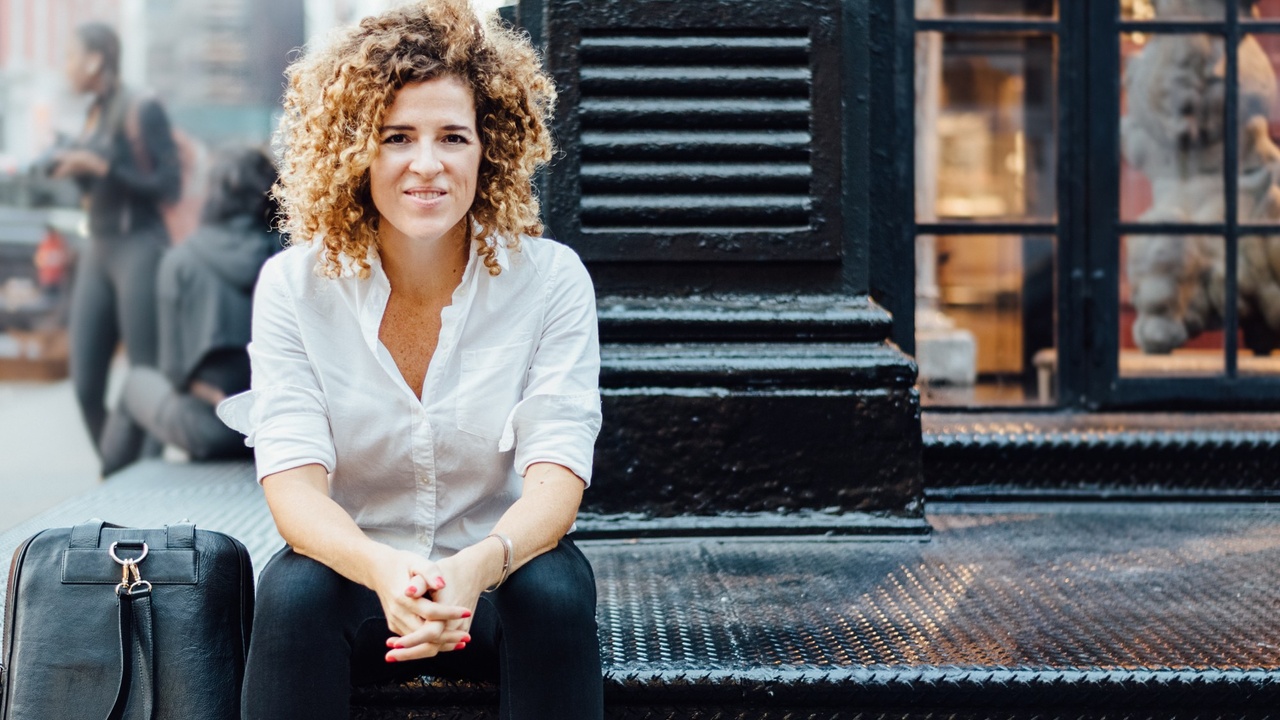If you have an idea for an app or a tech business, you can now make a test product in just 15 minutes using AI tools.
But, you have to know how to use them wisely, so you don’t make pretty products that nobody wants.
Listen to this episode to learn:
- The sweet spot for using AI in product dev ...
The Design Thinking market is growing and Logitech's ex CEO Bracken Darrell credits it with increasing shareholder returns 10 times.
But, Design Lead Caoimhe Kelly believes Design Thinking doesn't fully encompass what a designer does.
She says that to invent a new product or launch a venture, a 5...
The Design Thinking market is predicted to grow 5x more than the US economy in 2024. This is because C Suite decision makers are choosing to buy design thinking and innovation services.
Listen to this episode to learn how to make the most of this trend for your careeer, whether you're a corporate...
Design methodologies help businesses make more money and build products users love.
Learn how this works from industrial designer and YouTube star John Mauriello.
In this episode you will learn:
- What industrial design is
- Why design thinking helps companies succeed
- What a user interview should...
Before the advent of the iPhone, Logitech was a boring but successful company, making $2 billion per year. They made functional but ugly computer mice at affordable prices.
But when the world moved from PC to mobile, its revenues tanked and its future looked bleak.
The board knew they had to make ...
"You can design your work life as an employee or a business owner. Design thinking is for people like you, whether you receive the paycheck or sign the paycheck," Bill Burnett, Stanford School of Design.
In this episode you will learn how to use Design Thinking to make decisions and move towards yo...
Design Thinking, first developed at Stanford, is the strength behind tech companies like Airbnb and Snap. Great design was the foundation of Apple and Steve Jobs's obsession.
Design Thinking is a methodology for making decisions, and knowing when to pivot and when to preserve.
You can design you...
Why do you keep checking your phone, even when you’re trying not to? It's because the apps on your phone use the Hook Model. described by Nir Eyal in his book Hooked: How to Build Habit-Forming Products.
To learn how apps like Instagram, LinkedIn and Vivino keep us coming back to our screens, liste...
When an app has too many features and pop ups, most users get confused and frustrated. This is feature creep: when the product’s core functionality becomes hidden in too many options and things to do.
Feature creep happens when a team is determined to stay productive, but loses sight of its strateg...
Design is often at the core for why products go viral or flop. But, how can you tell good design from bad right at the start? How do you hire the right people and avoid costly mistakes?
That’s what you’ll learn on this episode.
Learning notes:
- User experience designers, not developers, should b...
”Most people make the mistake of thinking design is what it looks like. People think it's this veneer — that the designers are told, 'Make it look good! ' That's not what design is. It's not just what it looks like and feels like. Design is how it works,” - Steve Jobs
In this episode, you''ll hear...
If you have an idea for a new product in a traditional business, you will probably have to work on an extensive plan before you do anything else.
This is not how it works in tech companies. When the likes of Airbnb and Slack bring new apps or features to market, they use the Sprint Method. It is a ...















